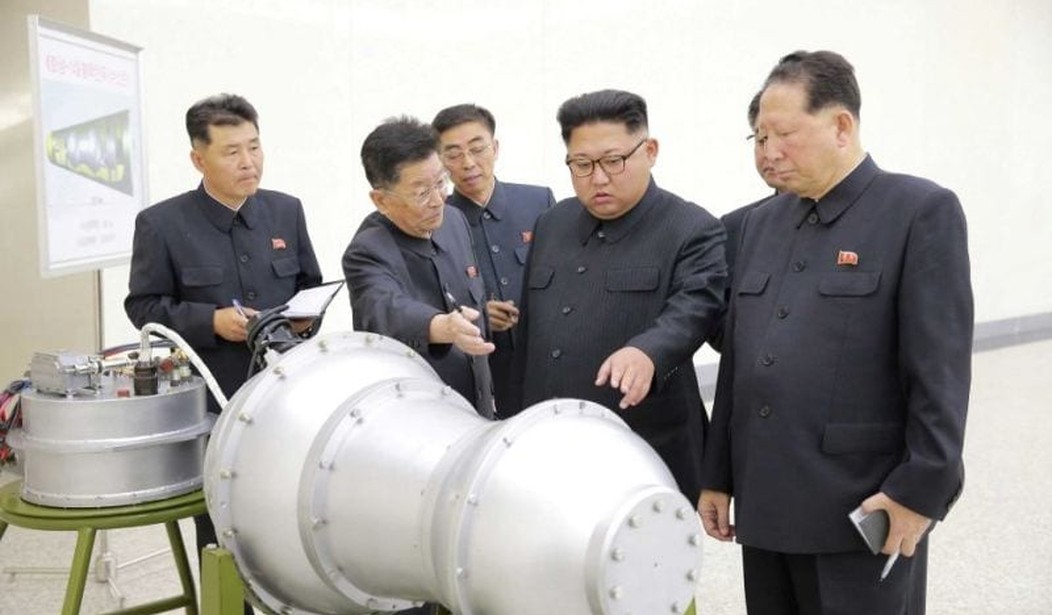Many nuclear experts believe that the North Korea could have tested a thermonuclear or hydrogen bomb on Sunday but that it’s unlikely they’ve been able to miniaturize the device to fit on top of one of their ICBMs.
Experts estimated the yield of the bomb at 120 kilotons — 10 times greater than any of their previous tests. The underground blast caused an initial earthquake of 6.3 on the Richter scale and a subsequent temblor measured at 4.6. The second quake could have been the chamber hollowed out by the stupendous blast collapsing.
But another possibility exists: the device could have been augmented with hydrogen to dramatically boost its yield.
Either way, many experts are doubtful that the North has the technical expertise to construct an ICBM with a nuclear warhead that could successfully reach its target.
Lassina Zerbo, executive secretary of nuclear test ban watchdog CTBTO, said: “The physics of the event that we’re talking about today seems to indicate a much larger event than the one from 2016 and before.”
North Korea claims its intercontinental ballistic missiles (ICBMs) tested twice in July can reach large parts of the mainland United States.
But experts say it likely achieved that potential range only by topping the test missile with a payload lighter than any nuclear warhead it is currently able to produce.
Pyongyang is also yet to prove that any warhead it places on a long range-missile can survive re-entry into the earth’s atmosphere after an intercontinental flight.
Developing a hydrogen bomb would be key to have a lighter warhead, because that would offer much greater explosive yield relative to size and weight.
“Getting this high of a yield would likely require thermonuclear material in the device,” said David Albright, a physicist and founder of the non-profit Institute for Science and International Security in Washington.
“It would show that their design, whatever the specific design, has achieved a yield that is capable of destroying modern cities.”
Albright, however, still questioned the North’s claim that it was a genuine two-stage thermonuclear device.
North Korea said in January 2016 that it tested a miniaturized hydrogen bomb. But outside experts said it was likely a “boosted” device, meaning an atomic bomb which uses some hydrogen isotopes to create bigger yield.
Kim has no credibility on this issue. A photo released a few hours before the test appears to show Kim inspecting a device.
That “device” could be a mock-up for all we know. Nor have we seen evidence that North Korea possesses the technical wherewithal to build a workable warhead.
But the bottom line is that the U.S. and its allies cannot take a chance that Kim is trying to pull one over on the world. We must proceed from the assumption that Kim has an H-Bomb and that he can fire a missile that could hit the U.S.
In that sense, this test was a game changer in the crisis over North Korea’s nukes and adds some urgency to the decision on whether to destroy their nuclear capability or seek a way to live with the threat.











Join the conversation as a VIP Member